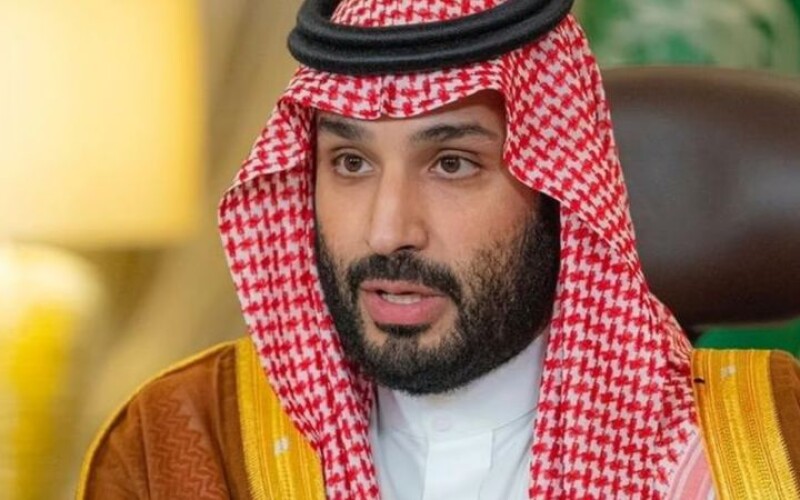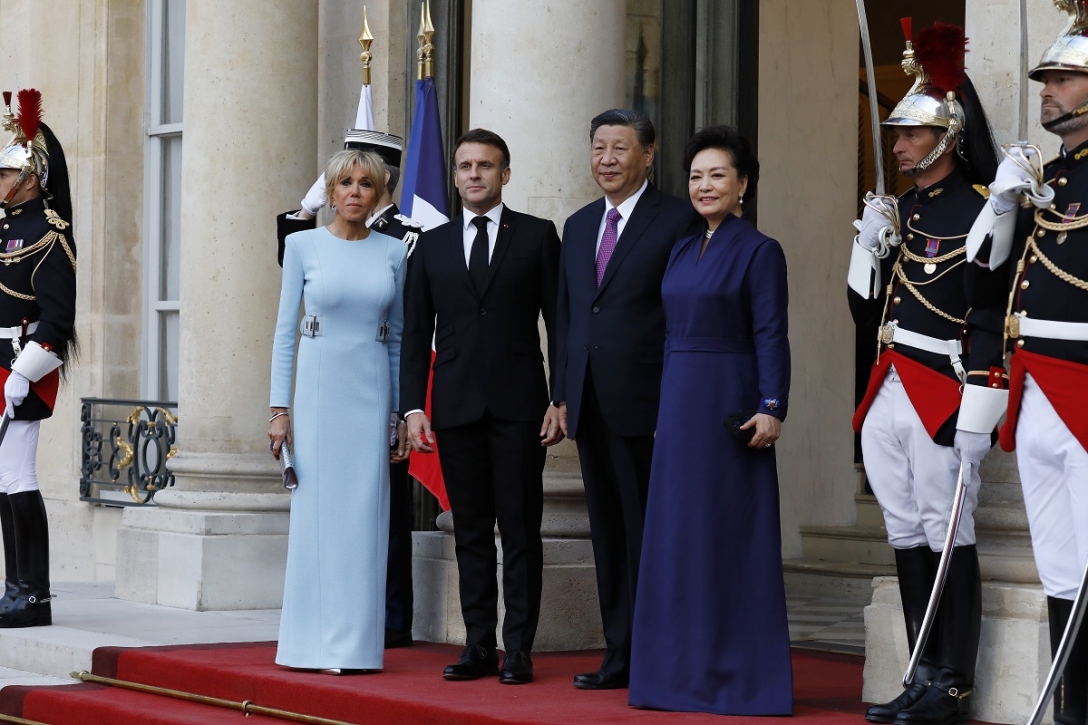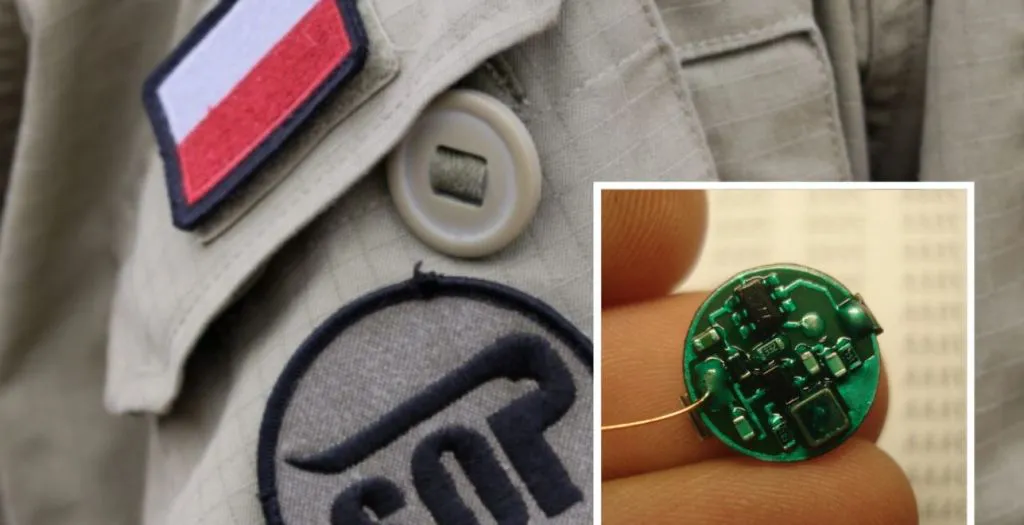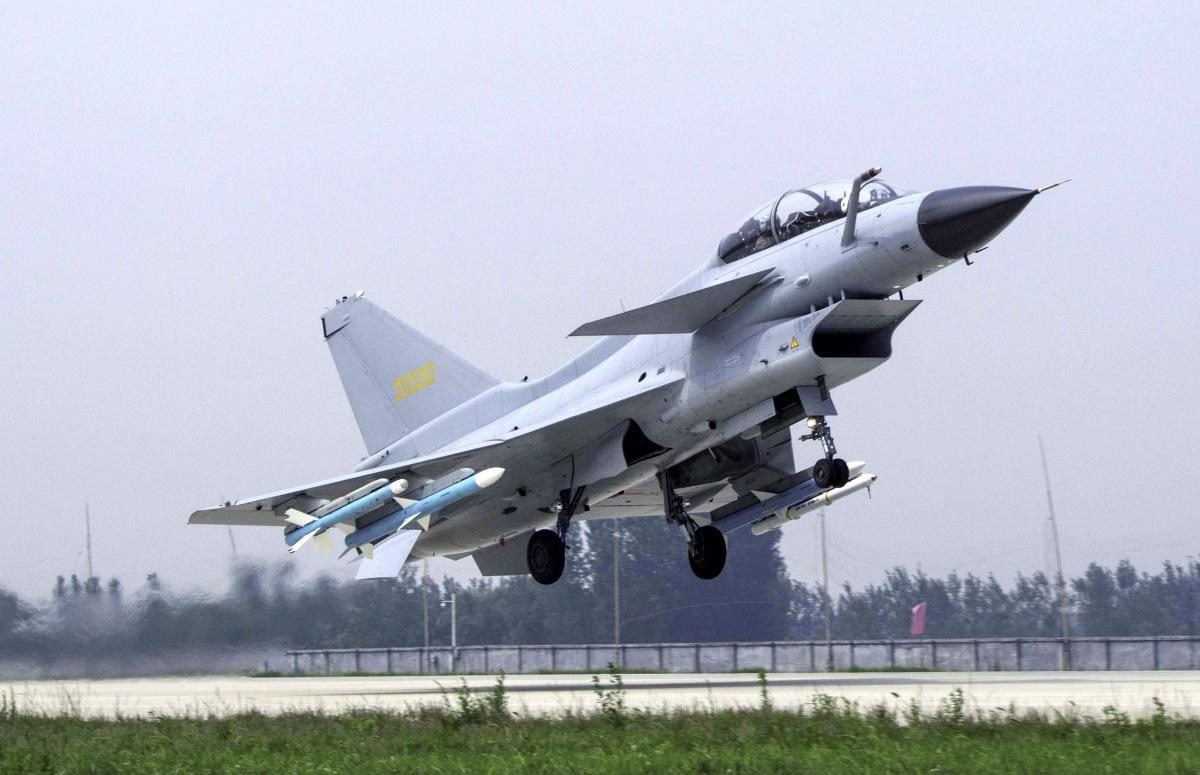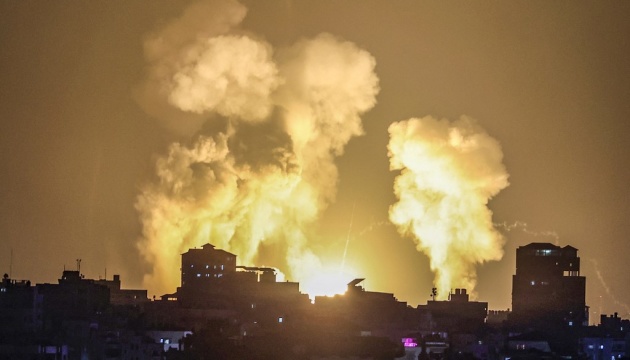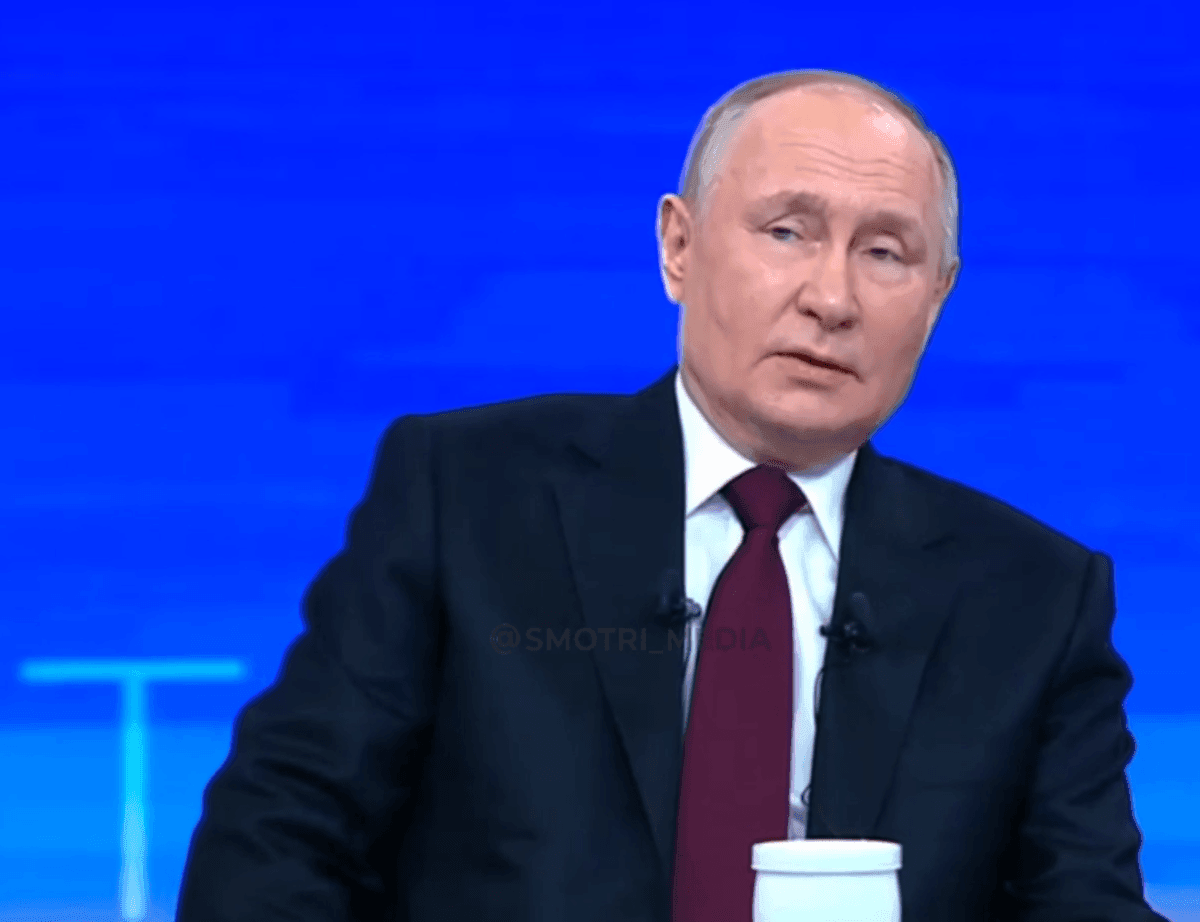Russian Defense Minister Sergei Shoigu announced that by the end of the year, the armed forces will receive new military equipment, including the S-500 Prometheus anti-aircraft missile system in two different configurations. It is also planned to deliver additional systems, such as S-400, S-300B4, Buk-M3, Tor-M2U anti-aircraft missile systems, as well as new generation radar stations. Given the emphasis on air defense systems, it is likely that all these systems are intended for deployment in the temporarily occupied territory of Ukraine.
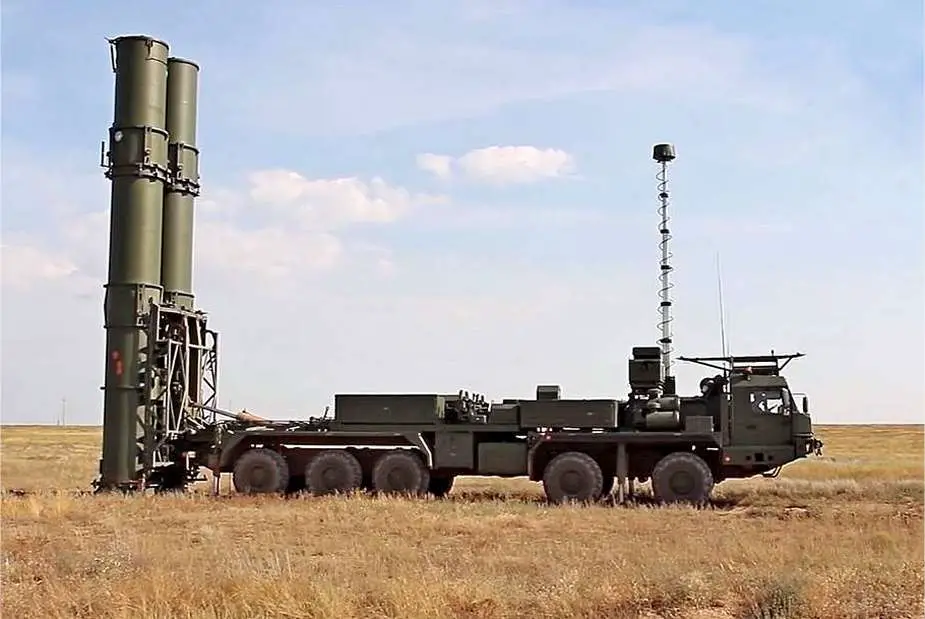
Details
Shoigu has announced plans for Russia's military-industrial complex to increase weapons production in response to what he describes as increasing threats from Western countries. He also noted the significant reduction in development time for these weapons, saying that what used to take five to eight years to produce is now completed in four to seven months.
In the Russian media, associate professor, expert of the Association of Military Political Scientists Oleg Glazunov talked about the strategic importance of the new S-500 air defense system. Glazunov clarified that this system is designed to intercept intercontinental ballistic missiles and destroy targets in Earth orbit. He argued that the deployment of such advanced systems is intended to serve as a deterrent, particularly to NATO and US military strategists, signaling Russia's enhanced air defense capabilities.
The S-500 Prometheus, also known as the 55R6M Triumfator-M, is a latest-generation system developed by Almaz-Antey that is designed to engage and neutralize a wide range of air threats, including intercontinental ballistic missiles (ICBMs), hypersonic cruise missiles and low-orbit satellites, at altitudes up to 200 kilometers.
The S-500 Prometheus was created in 2009, and the first prototype was completed in 2012. The Russian Armed Forces received the first pre-production samples in 2016 as part of the strategic increase in defense capabilities. In the final phase, on February 22, 2024, the S-500 was tested, demonstrating its ability to intercept hypersonic targets, which are known for their high speed, maneuverability and ability to evade traditional missile defense systems.
A key component of the S-500 is its missile technology. It uses the 77N6-N and 77N6-N1 missiles, both of which are capable of hypersonic speeds and are designed for kinetic strikes, delivering precision through sheer speed. These missiles should increase the system's ability to counter threats at significant distances, with a claimed range of up to 600 kilometers. In addition, the system's response time of three to four seconds is a significant improvement over its predecessor, the S-400, which had a response time of nine to ten seconds.
The S-500 system is installed on the BAZ-6909 family of vehicles. These vehicles support the rapid deployment capabilities of the system needed to maintain agility in dynamic combat scenarios. The 77P6 missile launcher and various command and control vehicles are an integral part of the system's operational structure to coordinate defense strategies against complex air threats.
The S-500's radar systems include the 91N6A(M) combat detection and control radar, which allows detection and control of multiple targets, increasing situational awareness and operational readiness of the system. Other radars, such as the 96L6-CP surveillance radar and the 77T6 anti-missile defense radar, play an important role in the detection and destruction processes, protecting the airspace from potential threats. Thanks to these radars, the S-500 can hypothetically engage up to 10 targets simultaneously, an important feature to counter a technique often used by the Armed Forces of Russia where multiple threats are launched simultaneously to saturate Russian air defense systems and penetrate defensive cover.


 959
959



